When people think of Europe, images of grand cities, iconic landmarks, and cultural heritage often come to mind. But beyond the castles and cobblestones lies a wealth of natural wonders just as captivating. From turquoise lakes and towering cliffs to mystical caves and volcanic landscapes, Europe’s geography is as diverse as its history.
Here’s your complete guide to 15 breathtaking natural wonders in Europe, with practical travel tips for making the most of your visit.
1. Cliffs of Moher – Ireland
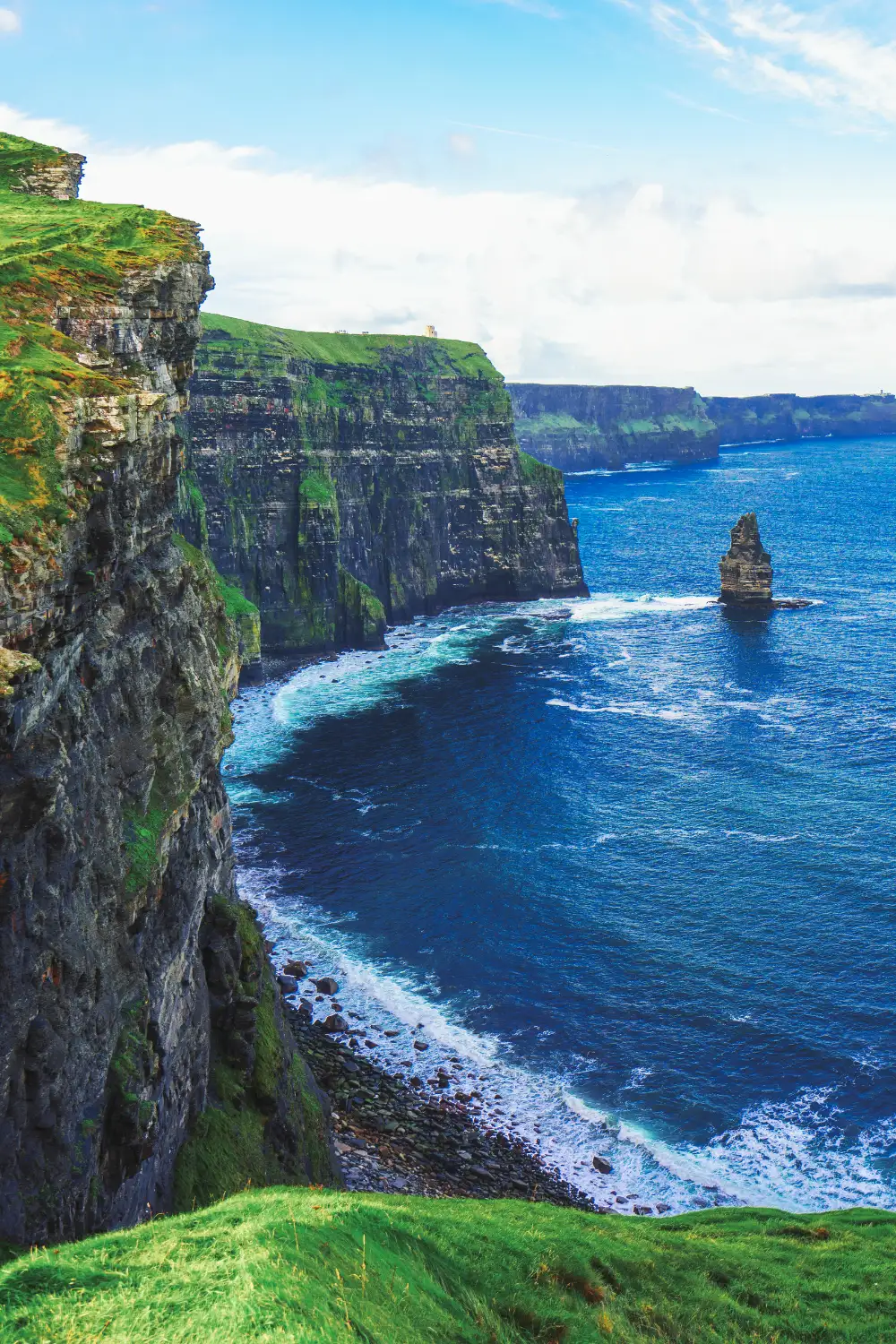
Why Visit
The Cliffs of Moher are Ireland’s crown jewel. Towering more than 200 meters above the roaring Atlantic Ocean, they stretch for 14 kilometers and deliver some of the most dramatic coastal scenery in Europe. On a clear day, you can see the Aran Islands, Galway Bay, and even the Twelve Bens mountain range.
Best Time to Visit
Late spring through early autumn (April–September) offers long daylight hours and calmer seas. Sunset adds a golden glow to the cliffs, perfect for photography. Winter brings fewer crowds, though weather can be rough.
How to Get There
- From Dublin: About 3 hours by car; day tours are common.
- From Galway: 1.5 hours by car or bus to Doolin, then shuttle to the cliffs.
Top Things to Do
- Walk the Cliff Trail for panoramic views from different points.
- Climb O’Brien’s Tower, built in 1835 as a viewing platform.
- Take a boat cruise from Doolin to admire the cliffs from below.
- Explore the nearby Burren National Park, a limestone plateau filled with wildflowers and unique geology.
2. Plitvice Lakes – Croatia
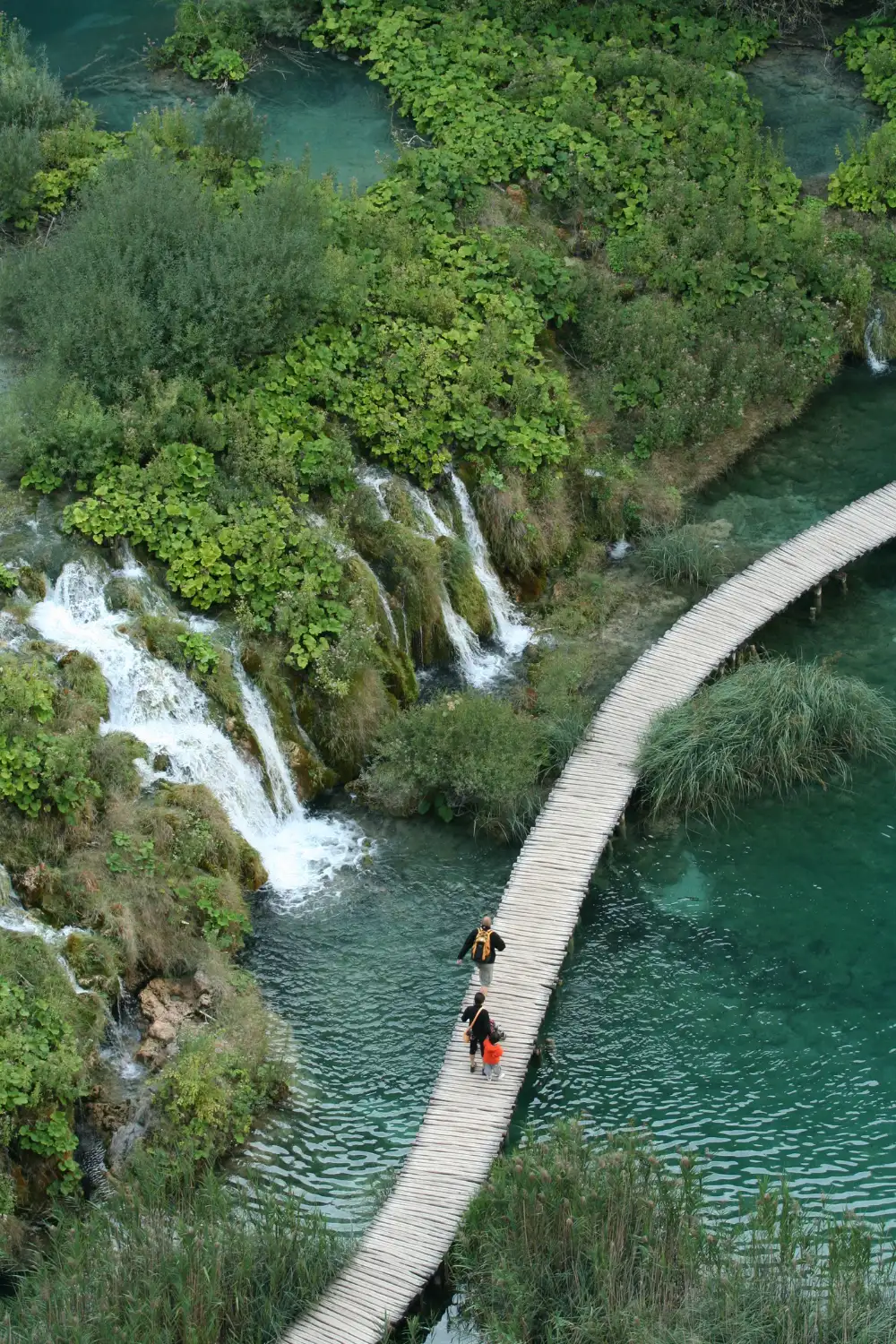
Why Visit
Plitvice Lakes National Park is a UNESCO World Heritage Site and one of Europe’s most beautiful natural reserves. With 16 terraced lakes connected by waterfalls, surrounded by forests, the park looks like something out of a fairy tale.
Best Time to Visit
Spring (April–June) offers blooming flowers and strong waterfalls, while autumn (September–October) brings colorful foliage. Summer is popular but crowded; winter transforms the park into a frozen wonderland.
How to Get There
- 2 hours by car or bus from Zagreb.
- Day trips run from Split and Zadar.
Top Things to Do
- Follow the wooden boardwalks that wind through the lakes.
- Take an electric boat ride across Lake Kozjak.
- Visit Veliki Slap, the park’s tallest waterfall at 78 meters.
- Try photography in all seasons—each offers a different palette of colors.
3. Northern Lights – Iceland, Norway, Finland
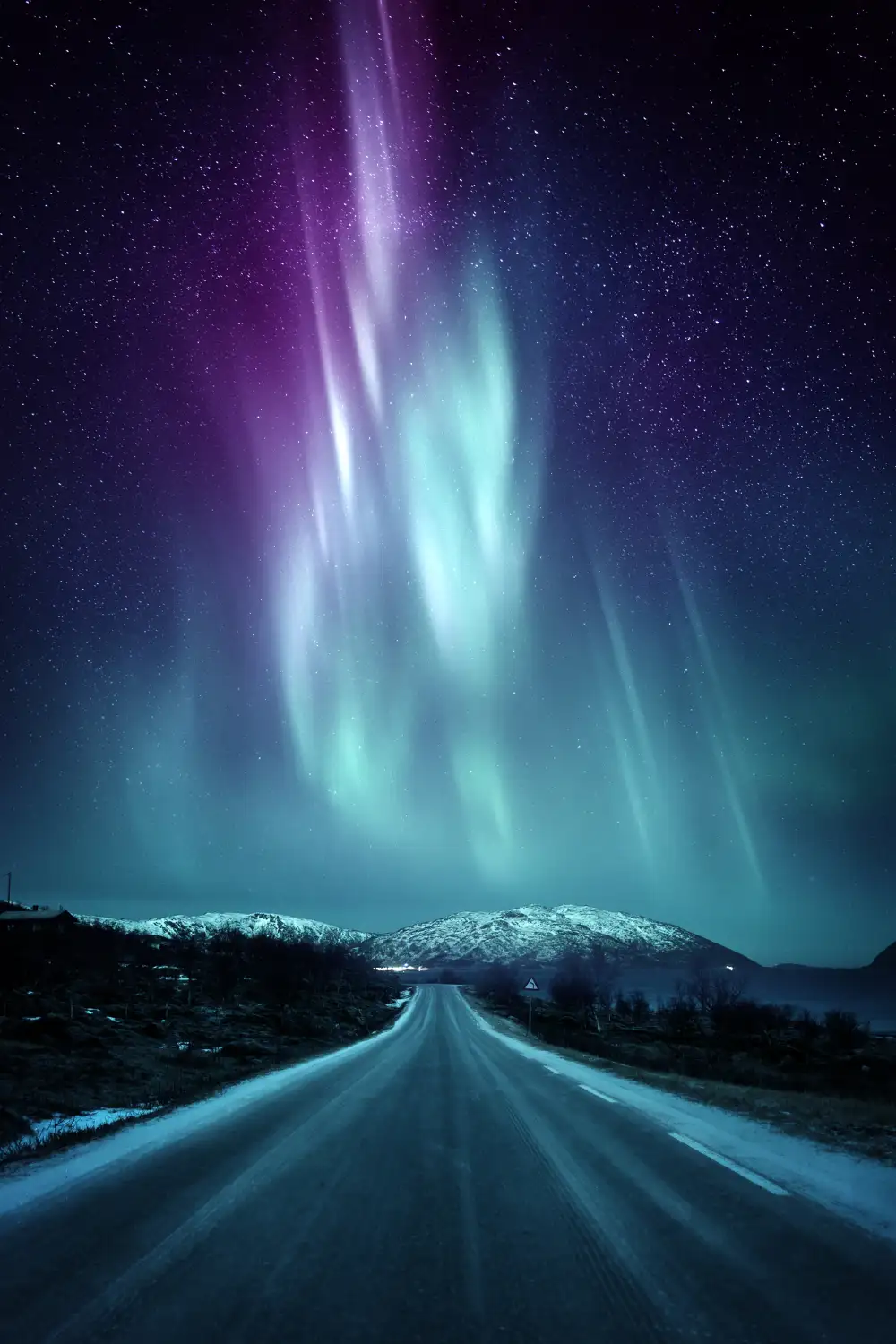
Why Visit
The Aurora Borealis is a bucket-list experience for many. Europe’s Arctic regions provide some of the best opportunities to witness this natural light show as solar winds paint the night sky in vibrant green and purple streaks.
Best Time to Visit
September to March, when nights are longest and darkest. Peak viewing is often between 10 p.m. and 2 a.m.
How to Get There
- Norway: Tromsø is a popular hub with guided tours.
- Finland: Rovaniemi (Santa Claus Village) and Kittilä in Lapland.
- Iceland: Reykjavík as a base, with darker skies in Thingvellir National Park.
Top Things to Do
- Join a guided aurora chase by bus or snowmobile.
- Stay in a glass igloo hotel in Finland for sky views from your bed.
- Combine aurora hunting with husky sledding, ice cave tours, or reindeer farms.
- Learn night photography to capture the lights.
4. Blue Lagoon – Iceland
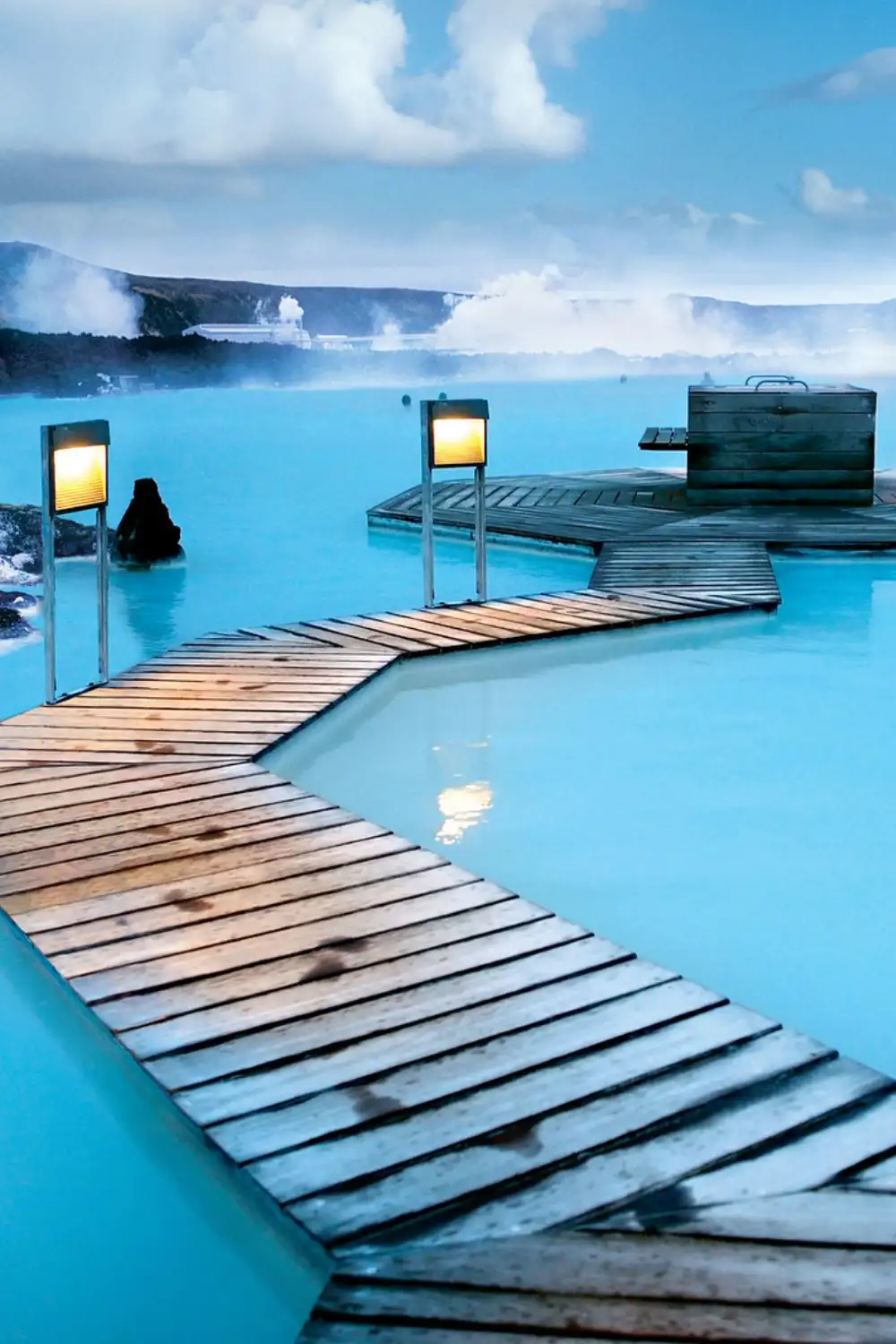
Why Visit
The Blue Lagoon is a world-famous geothermal spa surrounded by lava fields. Its mineral-rich waters are said to soothe the skin, and the stark contrast between the bright blue water and black volcanic rock is unforgettable.
Best Time to Visit
Accessible year-round, though winter’s snowy backdrop makes it especially magical. Summer offers the unique experience of bathing under the midnight sun.
How to Get There
- Located about 45 minutes from Reykjavík, near Keflavík Airport.
- Many tours combine the lagoon with the Golden Circle route.
Top Things to Do
- Soak in warm geothermal pools.
- Apply a silica mud mask for skin health.
- Book a luxury spa package for private lagoon access.
- Dine at the Lava Restaurant overlooking the lagoon.
5. Giant’s Causeway – Northern Ireland
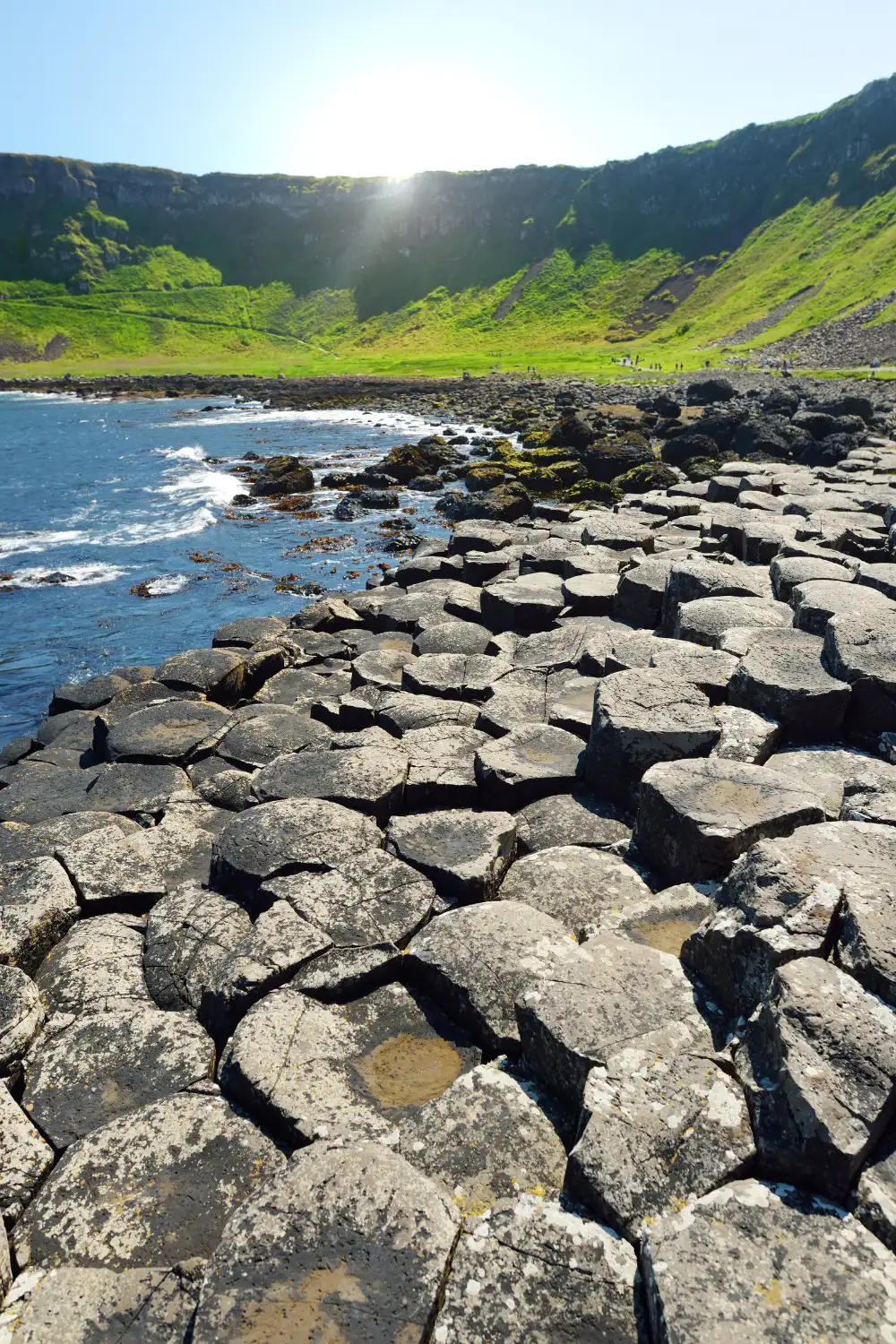
Why Visit
A UNESCO site, the Giant’s Causeway is made up of about 40,000 interlocking basalt columns formed by volcanic activity millions of years ago. Legend has it the rocks were built by a giant as a bridge to Scotland.
Best Time to Visit
Late spring and early autumn balance pleasant weather with smaller crowds. Sunrise and sunset bring stunning light for photos.
How to Get There
- 1 hour by car from Belfast.
- Day trips are available from Belfast and Dublin.
Top Things to Do
- Explore the hexagonal rock formations at low tide.
- Walk the cliff-top path for sweeping views of the coast.
- Visit the Causeway Visitor Centre to learn about geology and myths.
- Explore nearby Dunluce Castle and the Carrick-a-Rede rope bridge.
6. Swiss Alps – Switzerland
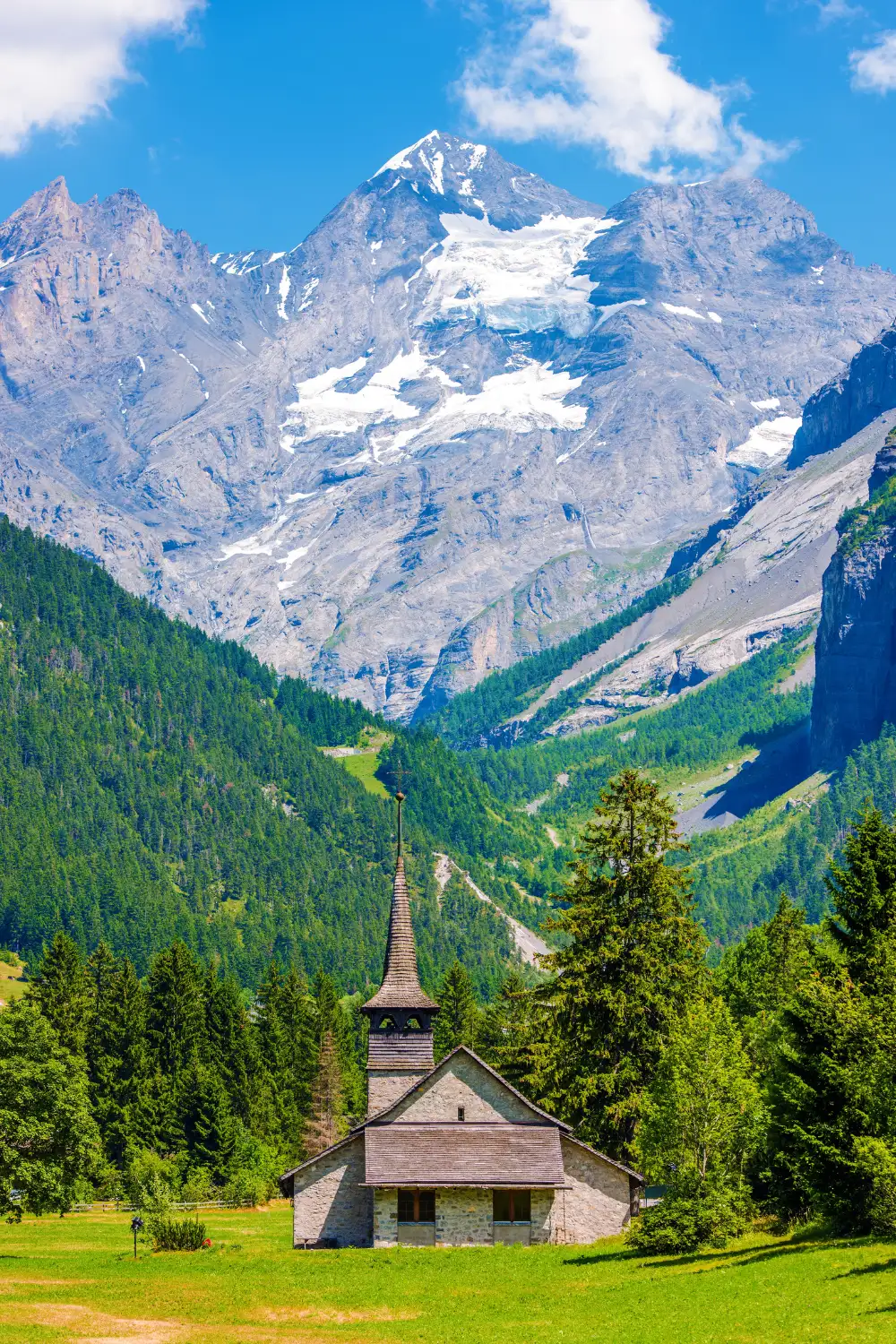
Why Visit
The Swiss Alps are the epitome of alpine beauty: snow-capped peaks, sparkling lakes, and charming villages. They are perfect for outdoor sports, scenic train journeys, and breathtaking landscapes.
Best Time to Visit
- Winter (Dec–Mar): Skiing and snowboarding.
- Summer (Jun–Sep): Hiking and climbing.
How to Get There
- Fly into Zurich or Geneva.
- Switzerland’s rail network makes it easy to access mountain towns like Zermatt, Interlaken, and Grindelwald.
Top Things to Do
- Ride the Glacier Express train.
- Ski in St. Moritz or Verbier.
- Hike to the Aletsch Glacier, Europe’s largest.
- Explore Interlaken for adventure sports.
7. Matterhorn – Switzerland/Italy
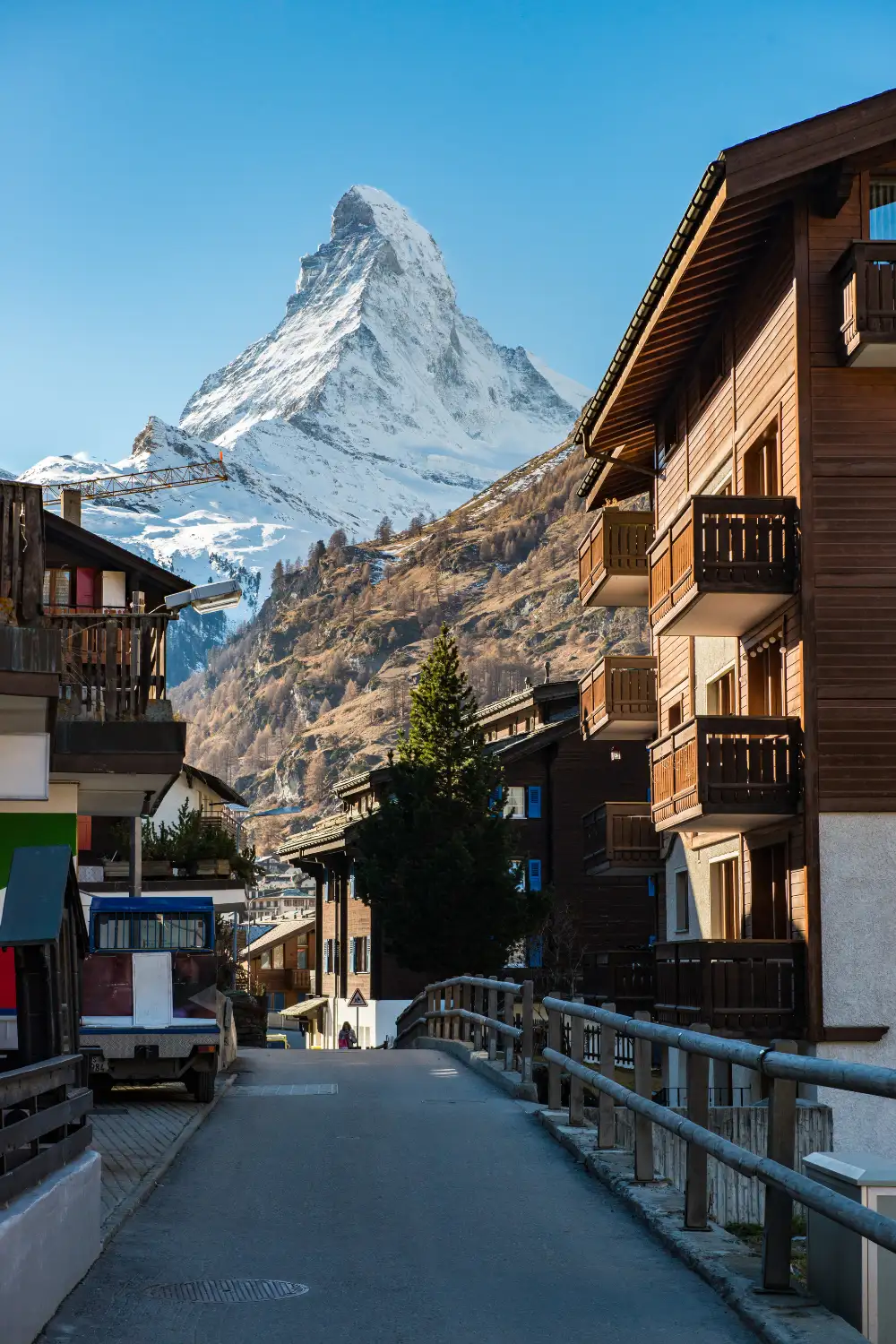
Why Visit
This pyramid-shaped giant is one of the world’s most iconic peaks at 4,478 meters. Its reflection in nearby lakes makes it a dream for photographers.
Best Time to Visit
- Summer for hiking.
- Winter for skiing.
How to Get There
- Base yourself in Zermatt, a car-free resort town accessible by train.
Top Things to Do
- Ride the Gornergrat railway for panoramic views.
- Hike the Five Lakes Trail.
- Ski at Matterhorn Glacier Paradise.
- Visit the Matterhorn Museum.
8. Norwegian Fjords – Norway
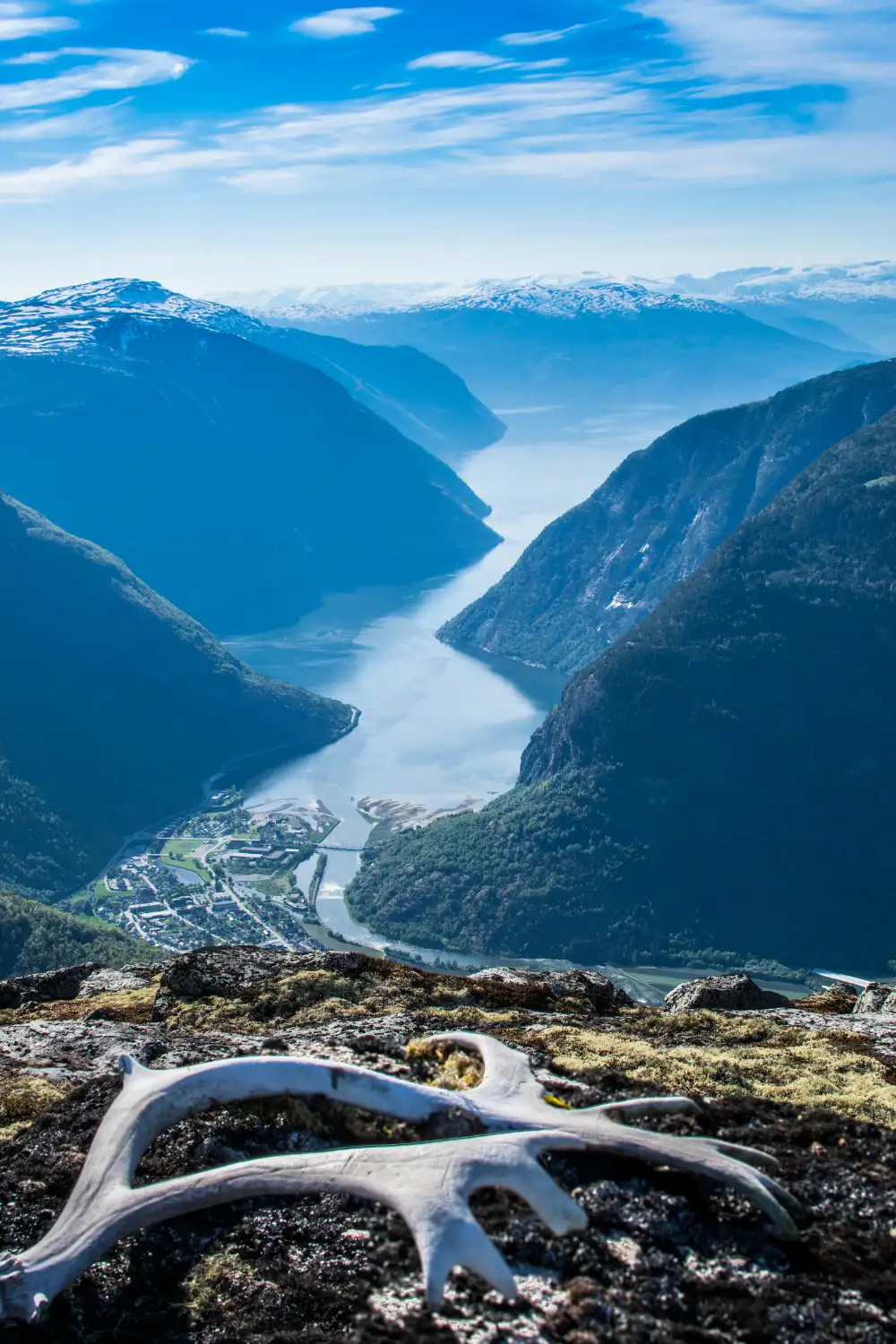
Why Visit
Carved by glaciers, Norway’s fjords are deep, narrow sea inlets flanked by steep cliffs. They are considered some of the most stunning natural landscapes in the world.
Best Time to Visit
- Summer: Best for cruises.
- Winter: Magical snowy scenery.
How to Get There
- Fly into Bergen or Ålesund.
- Cruises and trains make fjords accessible.
Top Things to Do
- Cruise through Geirangerfjord (UNESCO site).
- Kayak in Nærøyfjord.
- Hike to Trolltunga or Preikestolen.
- Explore small fishing villages along the fjords.
9. Dolomites – Italy
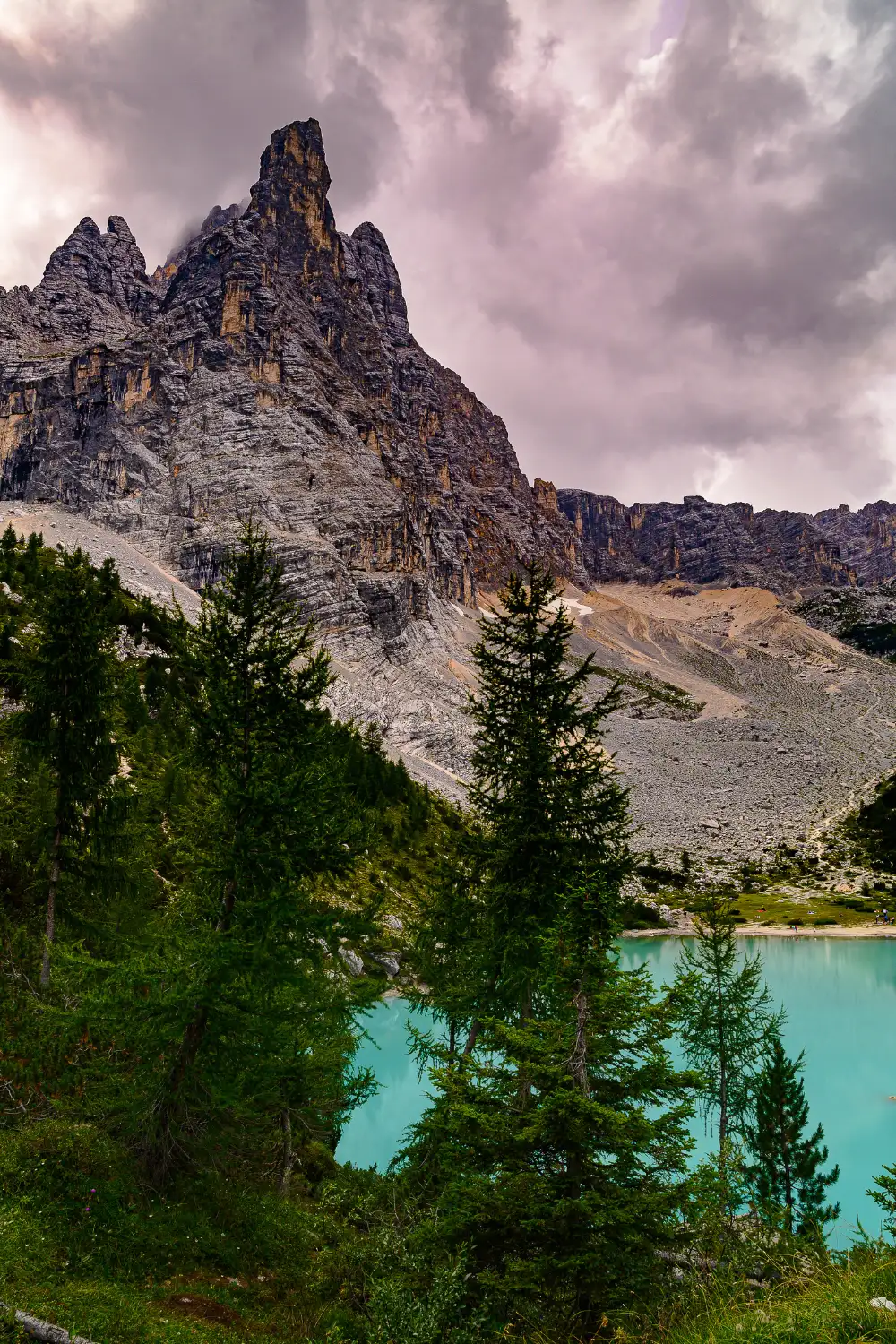
Why Visit
These jagged limestone peaks glow pink at sunrise and sunset. Combined with alpine meadows, lakes, and charming villages, the Dolomites are an outdoor lover’s dream.
Best Time to Visit
- Summer for hiking.
- Winter for skiing.
How to Get There
- Fly into Venice or Innsbruck, then drive or take buses.
Top Things to Do
- Hike Tre Cime di Lavaredo.
- Visit Lago di Braies.
- Ski in Cortina d’Ampezzo.
- Take a cable car ride for panoramic views.
10. Black Forest – Germany

Why Visit
Famous for dense evergreen woods, folklore, cuckoo clocks, and spa towns, the Black Forest combines natural beauty with tradition.
Best Time to Visit
- Summer for hiking.
- Winter for Christmas markets.
How to Get There
- Closest airports: Stuttgart or Basel.
- Freiburg is a good base.
Top Things to Do
- Visit Triberg Waterfalls.
- Relax in Baden-Baden’s thermal baths.
- Drive the Black Forest Scenic Route.
- Explore villages like Gengenbach and Titisee.
11. Meteora – Greece
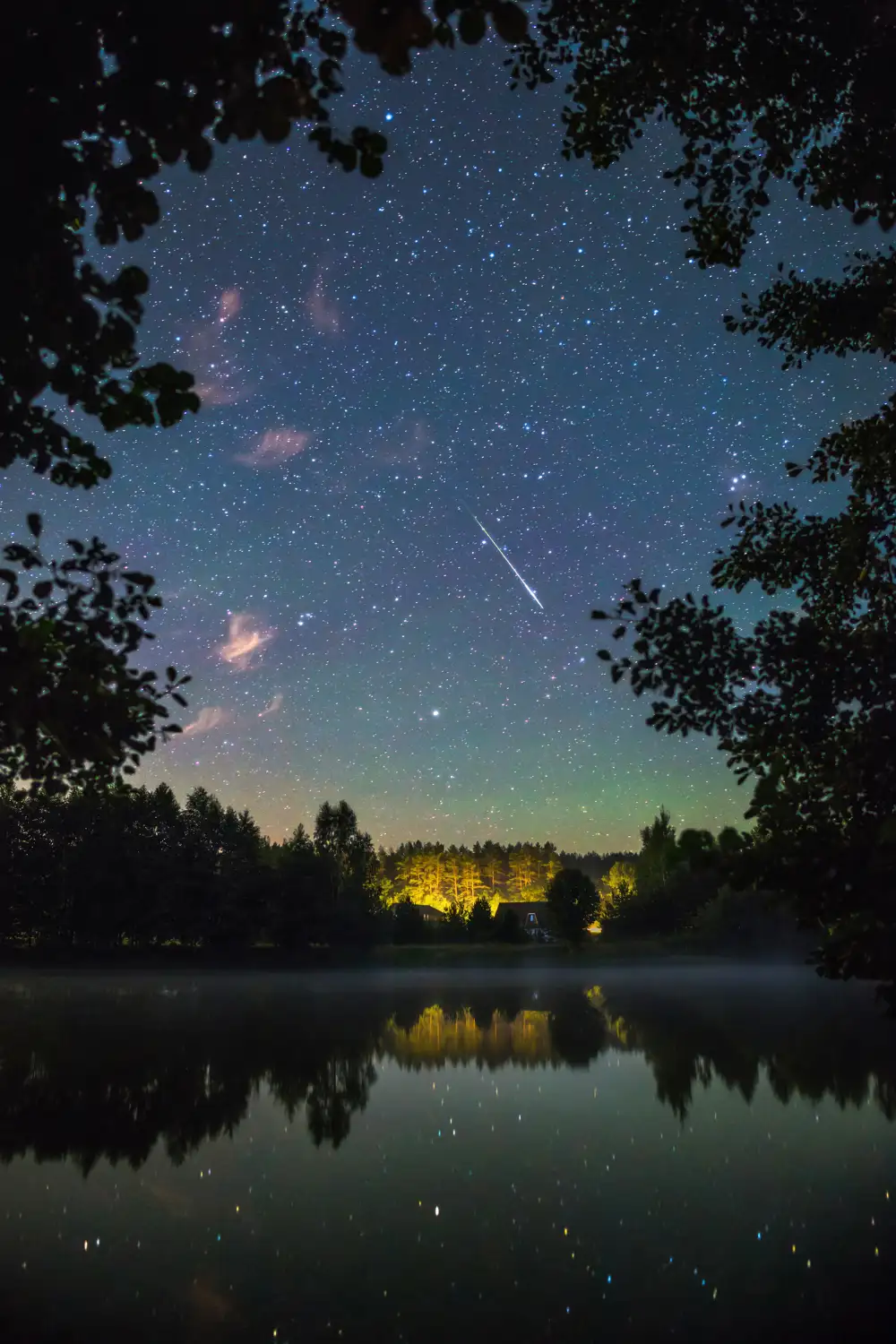
Why Visit
Meteora combines stunning rock formations with monasteries perched atop cliffs, blending nature and spirituality.
Best Time to Visit
April–May and September–October.
How to Get There
- Train from Athens to Kalambaka.
Top Things to Do
- Visit active monasteries like Great Meteoron.
- Hike among the sandstone pillars.
- Watch sunset from viewpoints.
- Explore Kalambaka village.
12. Azores – Portugal
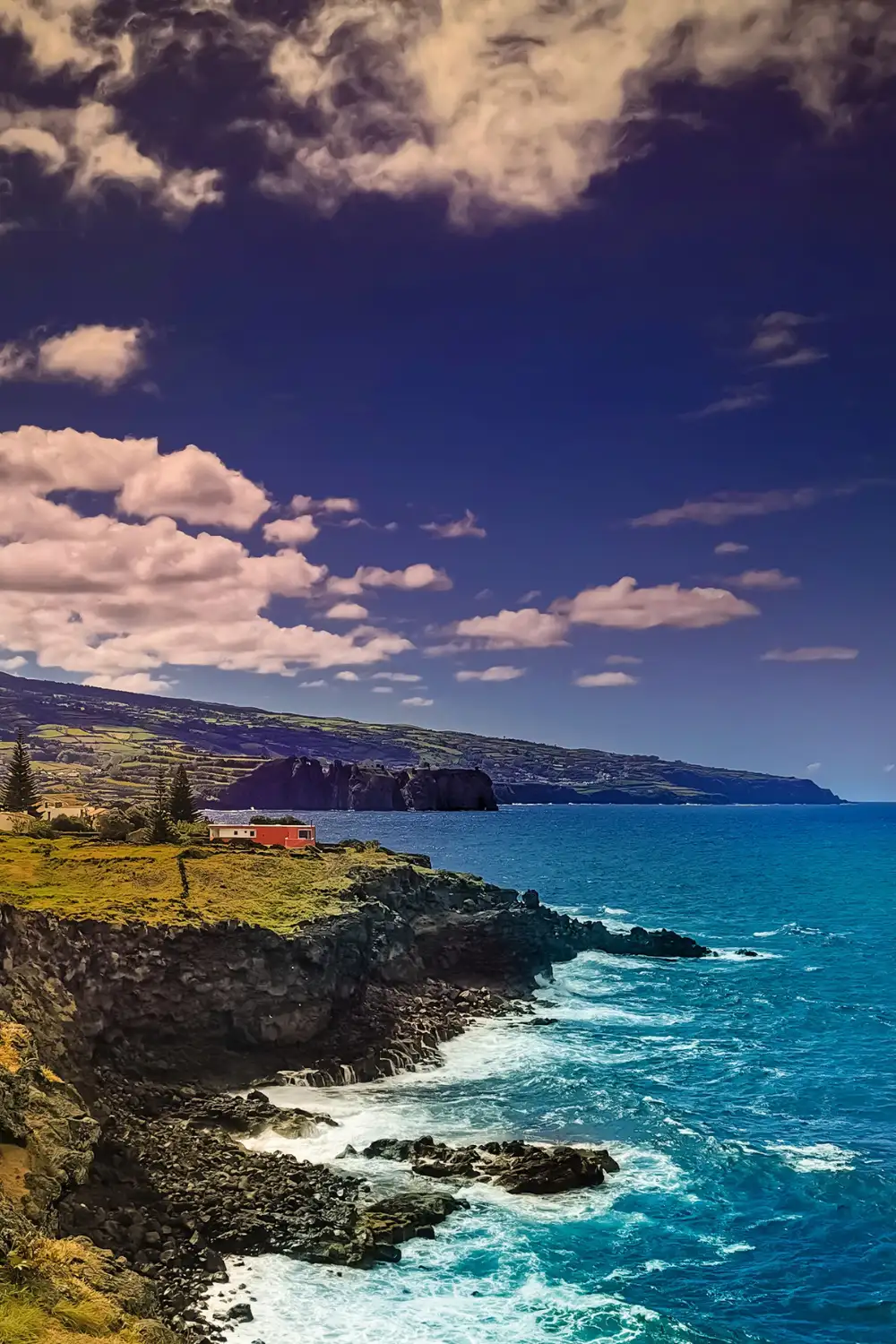
Why Visit
These volcanic islands in the Atlantic offer crater lakes, hot springs, and whale watching opportunities.
Best Time to Visit
May–October for warm weather.
How to Get There
- Fly into Ponta Delgada on São Miguel Island.
Top Things to Do
- Visit Sete Cidades crater lakes.
- Swim in Furnas hot springs.
- Go whale watching in Pico.
- Hike to Lagoa do Fogo.
13. Scottish Highlands – Scotland
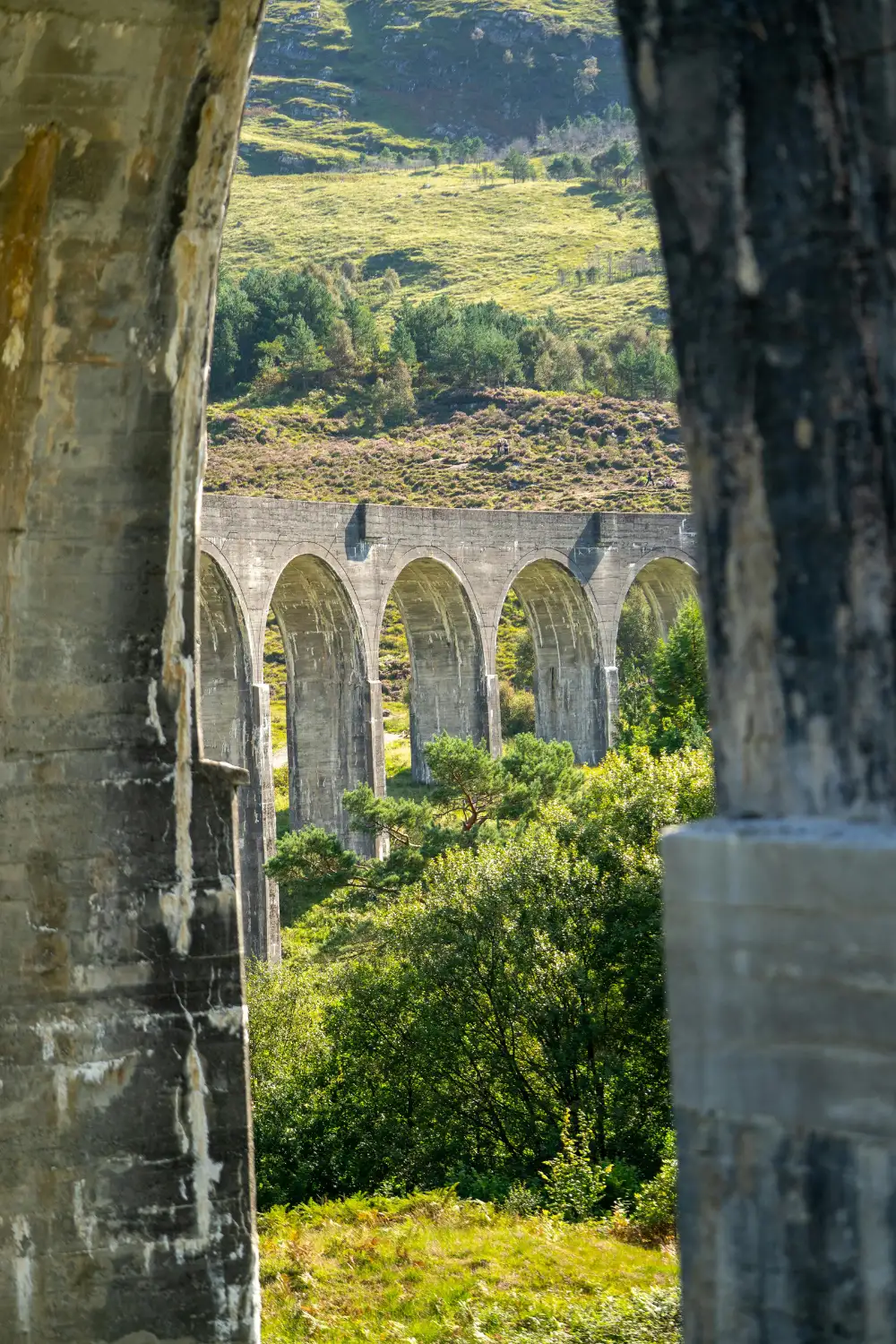
Why Visit
Known for rugged mountains, deep lochs, and castles, the Highlands are steeped in history and myth.
Best Time to Visit
- Summer for long days and hiking.
- Autumn for fiery colors.
How to Get There
- Drive from Edinburgh or Glasgow.
- Trains connect to Inverness.
Top Things to Do
- Hike Ben Nevis.
- Visit Loch Ness and Urquhart Castle.
- Explore Glencoe Valley.
- Drive the North Coast 500 scenic route.
14. Sardinian Coast – Italy
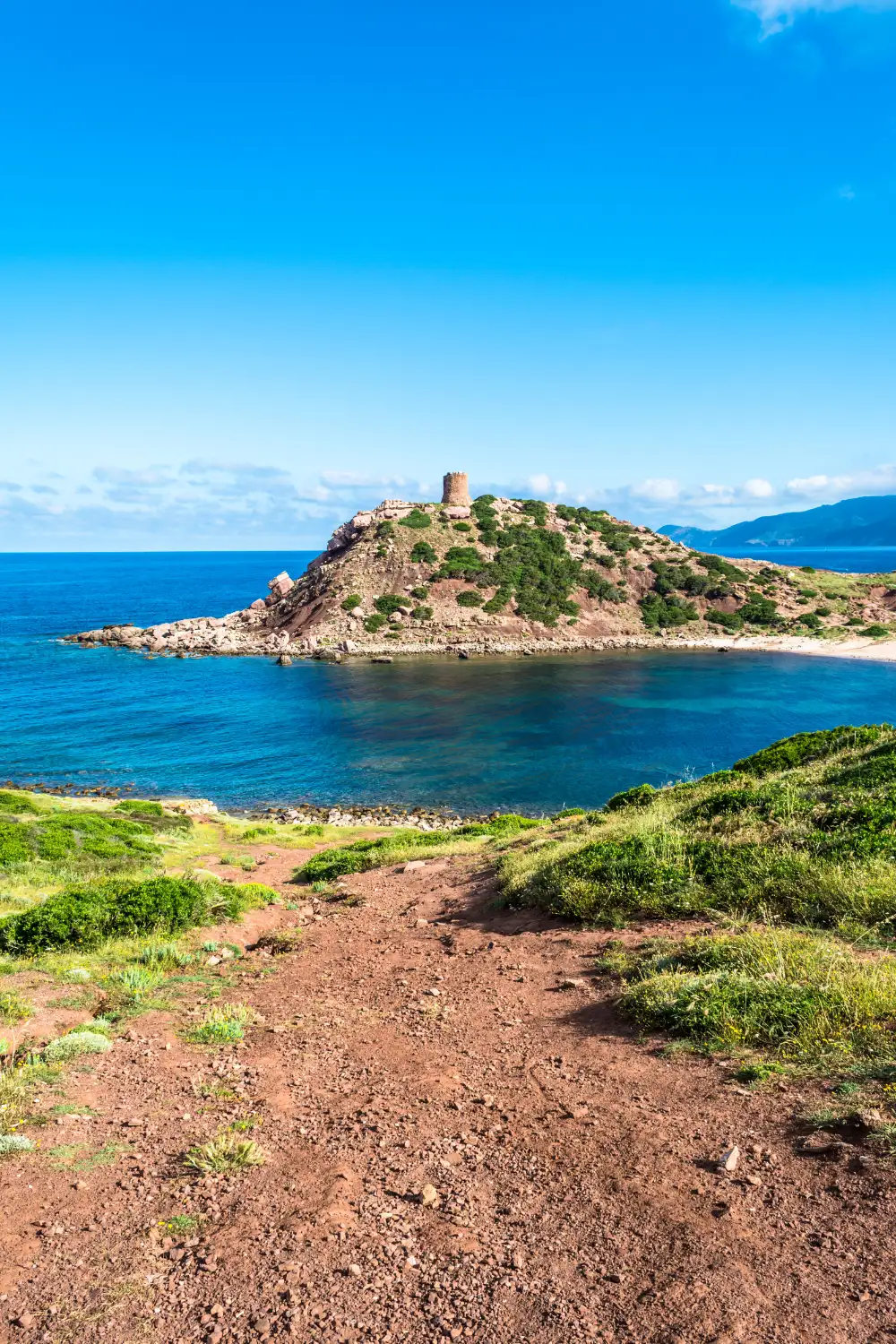
Why Visit
Sardinia boasts emerald waters, white sandy beaches, and dramatic coastal caves.
Best Time to Visit
June–September for beach weather.
How to Get There
- Fly into Cagliari, Olbia, or Alghero.
Top Things to Do
- Relax at Cala Goloritzé.
- Boat around La Maddalena Archipelago.
- Visit Neptune’s Grotto.
- Sample Sardinia’s seafood.
15. Lofoten Islands – Norway
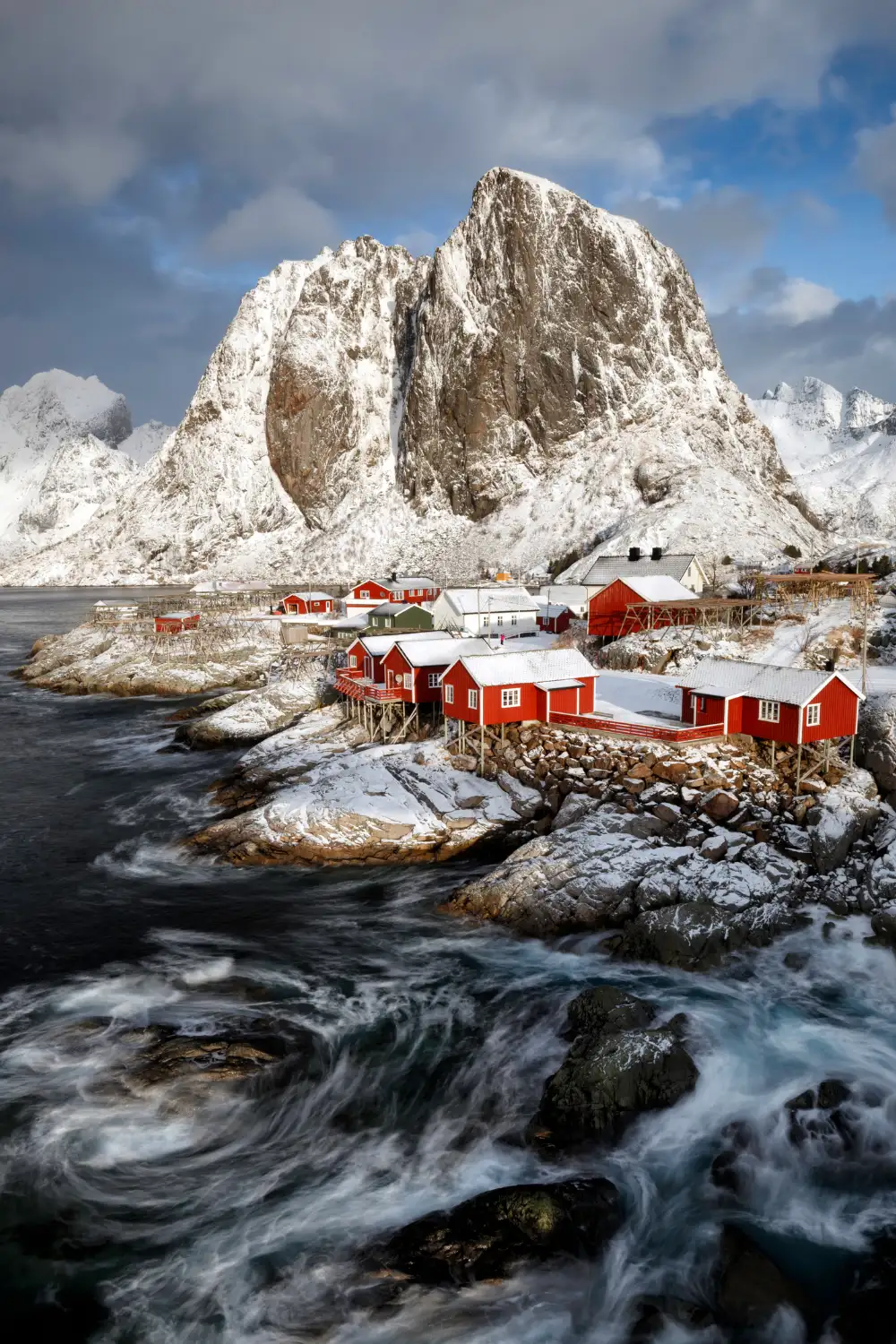
Why Visit
Located above the Arctic Circle, Lofoten is famous for sharp peaks, fishing villages, and pristine beaches.
Best Time to Visit
- Summer for midnight sun.
- Winter for northern lights.
How to Get There
- Fly to Leknes or Svolvær.
- Ferries connect from Bodø.
Top Things to Do
- Hike Reinebringen.
- Stay in a traditional rorbu cabin.
- Visit Arctic beaches like Haukland.
- Try cod fishing with locals.
Conclusion
Europe’s natural wonders offer more than just scenery — they are experiences that stay with you. From Ireland’s dramatic cliffs to Norway’s fjords and Greece’s mystical rock formations, each destination is a reminder of nature’s incredible artistry.
If you’re planning your next trip, don’t just focus on Europe’s cities. Step outside, and you’ll discover landscapes that inspire awe and connect you to the continent’s wild heart.
